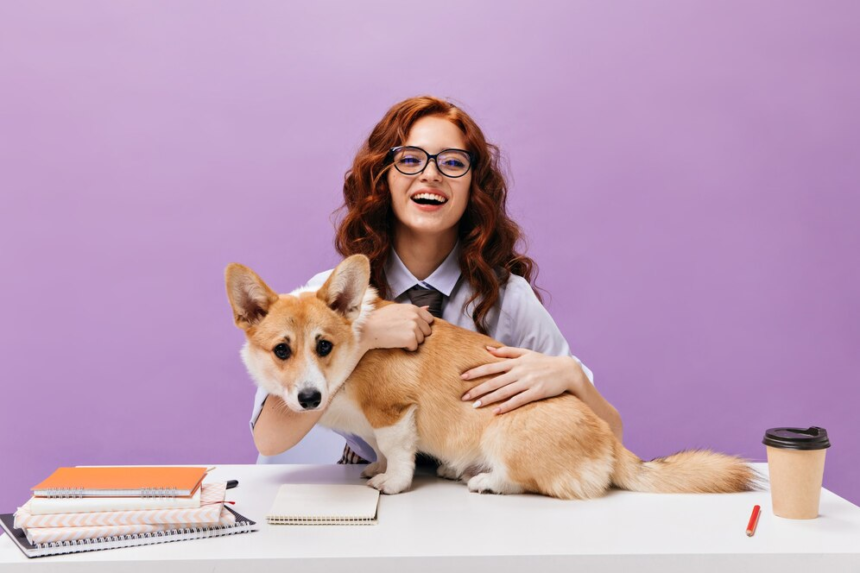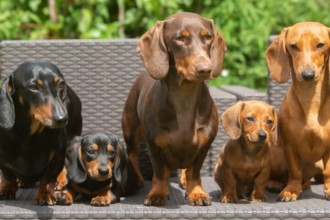Many homeowners prioritize creating a safe and enjoyable outdoor space for pets. A well-designed yard allows pets to run, play, and relax while ensuring durability and cleanliness. Natural grass can be difficult to maintain, especially when pets constantly run across it, dig, and leave messes.
- Why Artificial Grass Landscaping Works Well for Pets
- Designing a Pet-Friendly Yard with Artificial Grass Landscaping
- Artificial Grass Landscaping Ideas for Pet Owners
- Common Challenges and Solutions in Artificial Grass Landscaping for Pets
- Final Thoughts on Designing a Pet-Friendly Yard with Artificial Grass Landscaping
Artificial grass landscaping offers a practical solution for pet owners who want a beautiful, low-maintenance yard. It provides a soft and comfortable surface while eliminating common issues like mud, pests, and uneven patches. Whether designing a small outdoor space or a large play area, artificial grass makes it easier to create a durable and pet-friendly environment.
Why Artificial Grass Landscaping Works Well for Pets
Durability and Resistance to Wear
Pets can be tough on natural grass. Running, digging, and frequent foot traffic often lead to worn-out areas, bare patches, and mud. Artificial grass is designed to withstand heavy use, keeping the yard looking well-maintained regardless of how much time pets spend outside.
High-quality artificial grass landscaping includes reinforced fibers that prevent wear and tear. Unlike natural grass, synthetic turf does not develop holes, ensuring that pets can play freely without damaging the yard.
Easy to Clean and Maintain
Keeping a yard clean is easier with artificial grass. Unlike natural grass, which holds onto dirt and moisture, synthetic turf drains quickly and does not trap odors. Pet waste is simple to remove, and a quick rinse with water ensures that the area remains fresh.
Many artificial grass options include antimicrobial technology, which helps prevent bacteria buildup and makes the surface healthier for pets and family members.
No Mud, Pests, or Allergens
Mud and dirt can be a challenge for pet owners, especially after rain. Artificial grass eliminates muddy footprints and keeps both pets and indoor spaces cleaner.
A well-installed artificial grass system also reduces pests such as fleas and ticks. Without natural grass and soil to attract insects, pets are less likely to encounter these pests while playing outside.
Artificial grass landscaping provides a safe alternative to natural lawns for pets with allergies. It does not produce pollen, making it easier for pets to enjoy the yard without discomfort.
Designing a Pet-Friendly Yard with Artificial Grass Landscaping
Choosing the Right Type of Artificial Grass
Selecting the best artificial grass for a pet-friendly yard requires attention to several factors, including fiber density, pile height, and drainage capability.
A medium to short pile height works best for pet areas. It is easy to clean and provides a comfortable surface for running and lying down. Dense artificial grass with strong fibers helps prevent damage from active pets.
Proper drainage is another important factor. A high-quality backing with perforations allows water and pet waste to drain efficiently, preventing moisture buildup and odors.
Installing a Secure and Stable Surface
A well-prepared base is essential for long-term durability. Before installing artificial grass, the existing surface should be cleared, leveled, and compacted. A layer of crushed rock or decomposed granite improves drainage and creates a solid foundation.
Proper edge security helps prevent pets from pulling up or digging into the artificial grass. Stakes, edging materials, or adhesive can keep the turf in place, ensuring a smooth and secure surface.
Creating Comfortable and Shaded Areas
Pets need shaded areas to stay cool during warm weather. Including a shaded section in the backyard landscape design with artificial grass provides a comfortable retreat for pets.
Adding a pergola, trees, or fabric shade structures can help reduce direct sunlight and keep the artificial grass at a comfortable temperature. Pet-friendly cooling mats or water features can also provide relief on hot days.
Designing a Dedicated Pet Play Area
A pet-friendly yard should include space for play and exercise. Artificial grass landscaping ideas can be tailored to include agility features such as tunnels, ramps, and obstacle courses.
Soft artificial grass provides a safe surface for pets to jump and run on, reducing the risk of injury. Placing toys, water stations, or designated digging areas adds enrichment to the space, keeping pets active and engaged.
Incorporating Pet-Friendly Borders and Walkways
Defining different areas in a yard enhances both function and appearance. Walkways made of stone, gravel, or synthetic turf help separate pet play areas from other sections of the yard.
Raised garden beds or decorative fencing can be used to keep pets away from delicate plants. Selecting non-toxic plants ensures that pets can explore the yard safely without the risk of poisoning from harmful vegetation.
Artificial Grass Landscaping Ideas for Pet Owners
Artificial Grass for Small Backyards
A compact yard can still provide plenty of space for pets. Artificial grass landscaping makes it easier to design a small but functional area with comfortable play zones.
For smaller yards, artificial grass along pathways or in a central section provides a soft surface for pets to roam on. Raised planter beds or vertical gardens maximize greenery while maintaining an open feel.
Large Pet-Friendly Yards with Artificial Grass
A larger backyard allows for more design possibilities. Landscape design with artificial grass can include spacious pet play areas, shaded seating spots, and garden borders.
Artificial grass can be combined with decorative gravel or pavers to create a visually appealing, low-maintenance yard. Designing separate sections for play, rest, and feeding stations helps keep the yard organized.
Artificial Grass for Balconies and Patios
Pet owners in apartments or homes with limited outdoor space can also benefit from artificial grass. A synthetic grass mat on a balcony or patio provides a comfortable place for pets to relax.
For pet-friendly balconies, selecting artificial grass with a cushioned underlayer improves comfort. A proper drainage system ensures that the area stays dry and odor-free.
Common Challenges and Solutions in Artificial Grass Landscaping for Pets
Preventing Odor Buildup
Proper drainage and cleaning help eliminate odor issues. Regularly rinsing artificial grass and using pet-safe deodorizers prevent odors from accumulating.
Dealing with High Temperatures
Artificial grass can become warm in direct sunlight. To maintain a comfortable surface for pets, shade structures, cooling mats, or hosing down the turf during hot days can be added.
Keeping Artificial Grass Secure
Some pets may attempt to dig or pull up sections of artificial grass. Securing the turf with strong adhesive, infill, or edging materials prevents movement and ensures a long-lasting installation.
Final Thoughts on Designing a Pet-Friendly Yard with Artificial Grass Landscaping
Artificial grass landscaping offers a practical and visually appealing solution for pet owners. Its durability, ease of maintenance, and pest-free surface provide a comfortable and safe environment for pets to play and relax.
By choosing the right artificial grass, preparing a stable foundation, and adding pet-friendly features, homeowners can create an outdoor space that meets the needs of both pets and their families. Backyard landscape design with artificial grass improves the functionality of outdoor spaces while keeping maintenance requirements low.
Whether designing a small yard, a large pet play area, or a balcony retreat, landscape design with artificial grass provides endless possibilities for creating a clean and comfortable space that pets will enjoy. With thoughtful planning and high-quality materials, artificial grass transforms yards into inviting outdoor areas that stay beautiful year-round.













